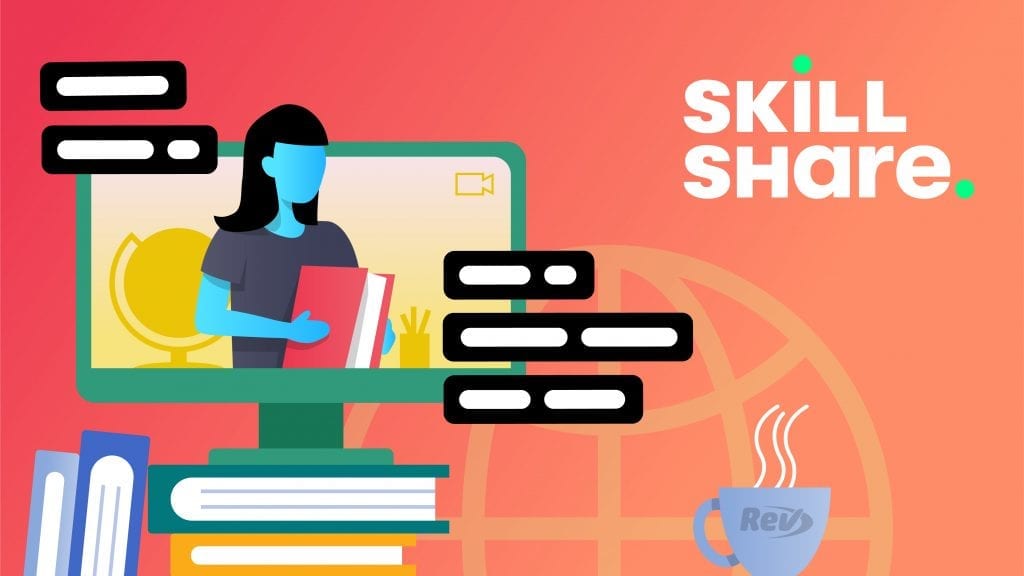How to Add Captions & Subtitles to Skillshare Online Course Videos
The ability to work and learn remotely has been growing in popularity over the last few years but has taken a massive leap forwards thanks to the ongoing

The ability to work and learn remotely has been growing in popularity over the last few years but has taken a massive leap forwards thanks to the ongoing coronavirus pandemic. Even when not driven by necessity, online classes and courses have much to offer the tech-savvy learner when compared to traditional methods of education.
Skillshare videos and other online learning tools have a higher level of flexibility and accessibility when compared to a classroom setting and provide amazing ways for people to learn new skills and access educational content, whatever their personal situation. According to the World Health Organization around 15 percent of the world’s population lives with some form of disability, of whom between two and four percent experience significant difficulties in functioning.
Online learning tools such as Skillshare videos present a new standard in accessibility for these people and can empower them to enrich their lives through education and the increased opportunities which go hand in hand with it. Creating learning materials with a high level of accessibility should be a top priority for all educators, not only for people with disabilities but also for non-native speakers and many other reasons besides.
Accessibility Through Captions
One of the best ways you can help meet the accessibility needs of your audience is by adding Skillshare captions and subtitles to your Skillshare videos with Rev’s sophisticated yet easy to use service. With closed captions and subtitles added to your videos, students who are hard of hearing or deaf, those who speak a different language, or even those who are forced to work in a noisy environment or one in which it simply isn’t possible to have the sound turned on, can still enjoy the accessibility and flexibility of education through Skillshare videos.
Any Skillshare video which has the Skillshare Original or Staff Pick badge (displayed in the upper left corner of each thumbnail) have captions built-in and are available on Skillshare.com and on the Android app. We have plans in place to add the feature to our iOS app very soon, so stay tuned for more updates on that. Skillshare captions and subtitles open up your Skillshare video content to a whole new audience.
Final Thoughts
Now you know just how to enhance your Skillshare videos with new levels of accessibility, thanks to Skillshare captions and subtitles. Language and/or disability should never be a barrier to education, so making sure your videos have the accessibility required to reach the largest audience possible should be one of your top priorities as a content creator.
With Skillshare captions and subtitles built into your Skillshare videos, the sky is the limit for you when creating the kind of content your audiences can enjoy for years to come – whatever their particular background or personal situation. Learn more about adding captions in LinkedIn Learning videos, in Windows Media Player, and Blackboard.
Subscribe to The Rev Blog
Sign up to get Rev content delivered straight to your inbox.



